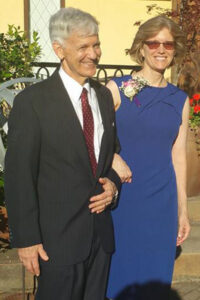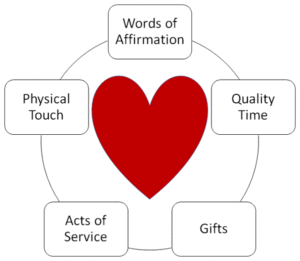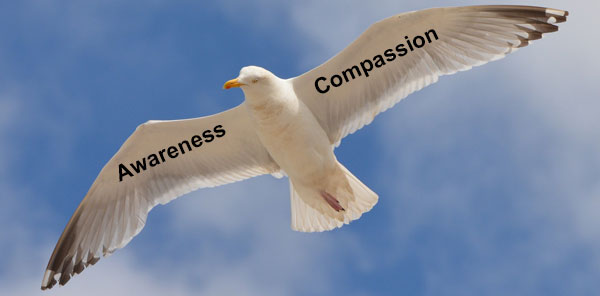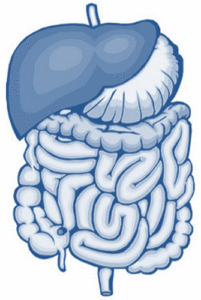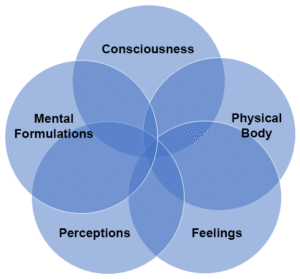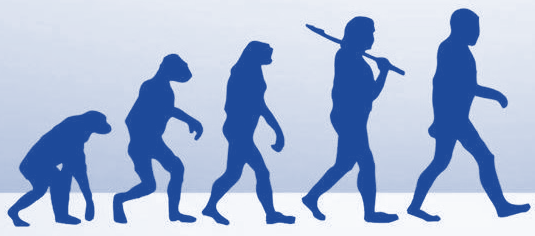“Cooking involves an enormously rich coming together of the fruits of the earth with the inventive genius of the human being.” – Carol Flinders, co-author of Laurels’ Kitchen
 This week marks 15 months since we went into quarantine. For our household, that’s 15 months since we’ve taken a break from home cooking and eaten a meal at a restaurant (excluding a few guilty-pleasure pizza runs!) As one who typically enjoys cooking, I’ve found the extended stretch without the occasional break to be burdensome, especially since we’ve not had the pleasure of external company to share meals.
This week marks 15 months since we went into quarantine. For our household, that’s 15 months since we’ve taken a break from home cooking and eaten a meal at a restaurant (excluding a few guilty-pleasure pizza runs!) As one who typically enjoys cooking, I’ve found the extended stretch without the occasional break to be burdensome, especially since we’ve not had the pleasure of external company to share meals.
I’m not alone. For those working full-time jobs and raising families, it’s hard to keep up with household chores (including grocery shopping and cooking), spend quality time with family and friends, and squeeze in a little “me time.” The food industry’s hefty marketing budget plays right into our overburdened sensibilities by encouraging us to go easy on home cooked meals in favor of quick-fix processed foods and take-out. And by stimulating our taste buds and reward centers with sugar, salt, and fat, the food industry makes sure that we’re happy to go along with their program.
I understand completely how we’ve become a nation characterized by unhealthy eating habits and the associated poor health outcomes. We’ve “drunk the Kool Aid” (literally) and bought into taking short-cuts in the kitchen with an expectation that the medical establishment will take care of our health woes when they arise. Given the latter may take years to show up, why not enjoy life now?
Having tended to my parents’ health needs in their final years, I have a clear sense of how disease robs a vibrant person of life. While modern medicine did the best it could for my dad and mom, it still fell short of remediating their conditions. As a result, I’ve opted to change our household’s eating habits before they result in a turning point for the worse. The payoff thus far has been remarkable. Both my husband and I have dropped nearly 30 points each on total cholesterol through natural means. Our weight has stayed within the “normal” range, and we feel great!
So how do you stay the course when so many influences conspire to thwart your best efforts?
FIRST: I’ve set up a chopping/slicing/dicing station in front of my TV. As that’s the most time-consuming aspect of meal preparation, I’ve found a way to entertain myself while doing it. Most of the shows I watch do just fine with a continuous audio track and regular peaks at the screen. And as a side benefit, I’m not tempted to snack out of boredom while my hands are busy preparing food.
SECOND: I cooked my way through 10 healthy cookbooks and taught myself how to make delicious meals using whole foods and very little fat, salt, or sugar. I use lots of spices and generally make each dish stretch out to two or three meals. (Leftovers generally taste better than the original meals!) I balance more time-consuming entrées with easy-peesy ones so that I’m not spending an inordinate amount of time cooking.
THIRD: I don’t keep junk food around the house. If it isn’t there, I can’t eat it. And if it takes effort to go get it, I’ll make do with a readily-available healthy alternative in my cupboards or refrigerator. The only exceptions to this rule are bags of corn chips which we open occasionally with Mexican-themed meals. We LOVE corn chips!
FOURTH: We’re in our third season of purchasing fresh fruits and vegetables through Community Supported Agriculture (CSA). As I’m not one to waste food or money, I always figure out how to use all of the fresh food that we purchased, which keeps us eating healthfully. I feel good about supporting local farmers and honor the work that they’ve chosen to do. It also feels good knowing that the food was prepared without chemicals and traveled a few miles instead of hundreds of them to get to our table.
FIFTH: We savor the taste of good food and the wonderful aromas that waft through our home. They’re the rewards for prioritizing kitchen work and treating that part of our lives as sacred. And now that we have a growing circle of COVID-vaccinated friends, we’re enjoying the fellowship that comes from feeding body and soul together.
